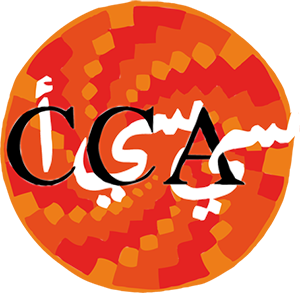About this publication
In: ‘Solo Mosaico’ history, contemporaneity, technologies. Edizioni Papergraf, 28-37.
The Monastery of St. Catherine on Mount Sinai was built under the Byzantine emperor Justinian in the sixth century AD, on a site that had been venerated long before as the place where Moses encountered God in the form of the Burning Bush (Exodus 3:1-10). For centuries, the high number of pilgrims, monks and hermits who had come to honor this holy place had endured the uninterrupted harassment of raiders and the harsh circumstances of the desert. Located at the height of 1.500 meters in a ravine at the foot of the Gebel Musa, where Moses received the Tables of the Law, the massive, fortfied walls of the monastery both enclose and protect the life of the monks who live there, their daily routine governed by the ringing of the church bells that call them to prayer from sunrise to sunset, according to the monastic traditions of the Greek Orthodox rite. The buildings within the walls form an ancient city, with manifold architectural styles from various ages. Only a short distance from the church’s bell tower, stands the minaret of a small mosque: evidence of the peaceful coexistence between religions and peoples.
Author(s): Nardi, R.
Year Published: 2011
Language / Translations: English
